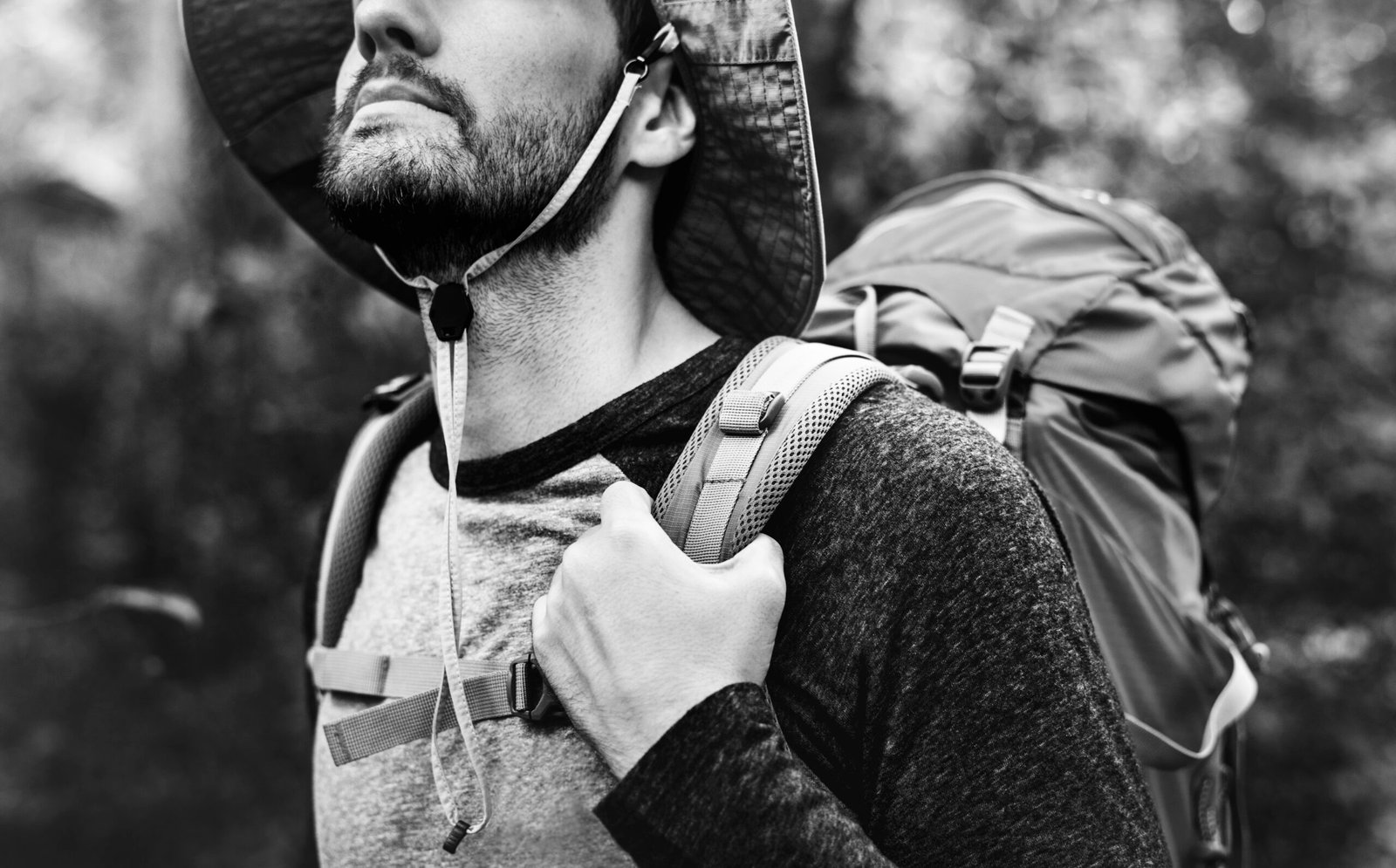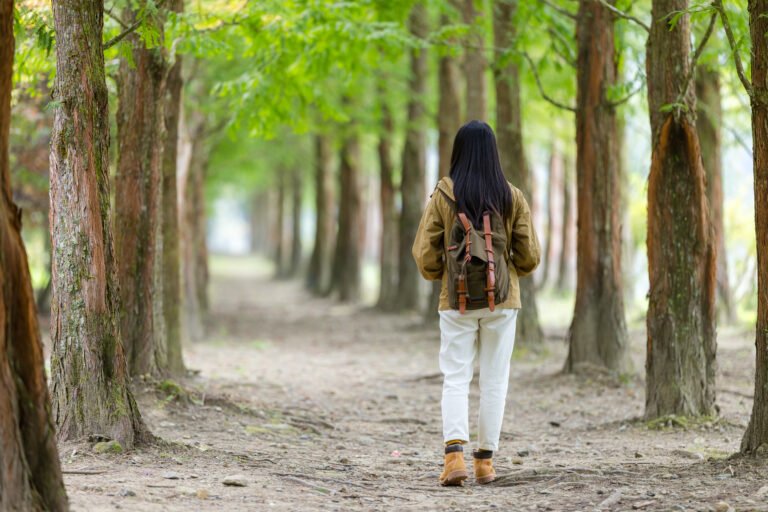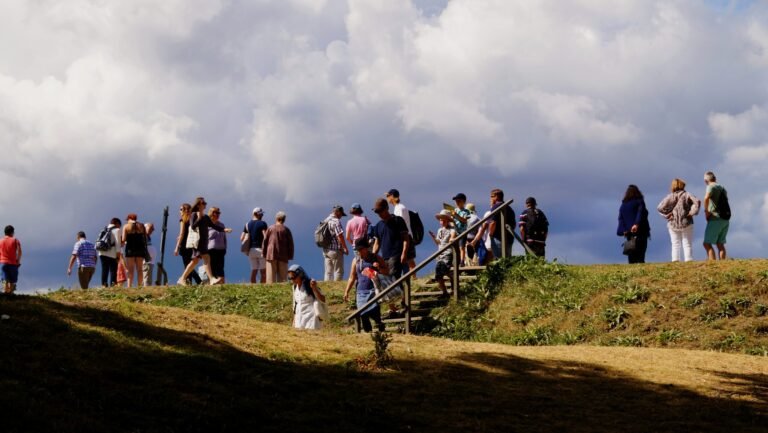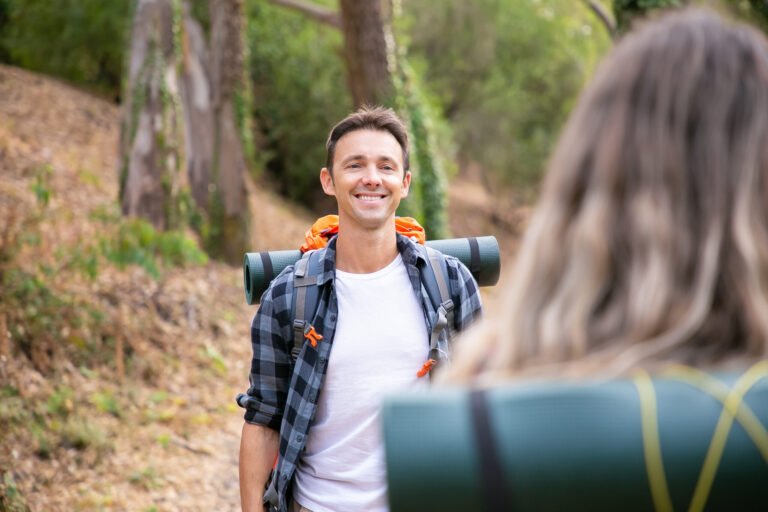Hiking Gatekeeping: When the Outdoor Community Becomes Exclusive
Discover how Hiking Gatekeeping affects the outdoor community, creating exclusivity and limiting access to nature’s trails.
Outdoor spaces promise fresh air and freedom, but not everyone feels welcome. Many face unspoken rules and cultural barriers that make nature feel like a members-only club. Vanessa Chavarriaga’s story reveals this truth: she learned trail skills, bought “appropriate” gear, and even earned certifications—all to fit into a culture that didn’t reflect her Colombian roots.
Her experience shows how assimilation becomes a survival tactic for marginalized groups. People often abandon cultural identity to access trails, only to realize the cost—being asked to keep their communities out. This creates a cycle where outdoor culture rewards conformity while shutting doors to diversity.
Exclusion isn’t always obvious. It lives in side-eye glances at non-mainstream gear, assumptions about who “belongs” on trails, and narrow definitions of outdoor expertise. These practices alienate newcomers and maintain outdated norms that prioritize certain demographics.
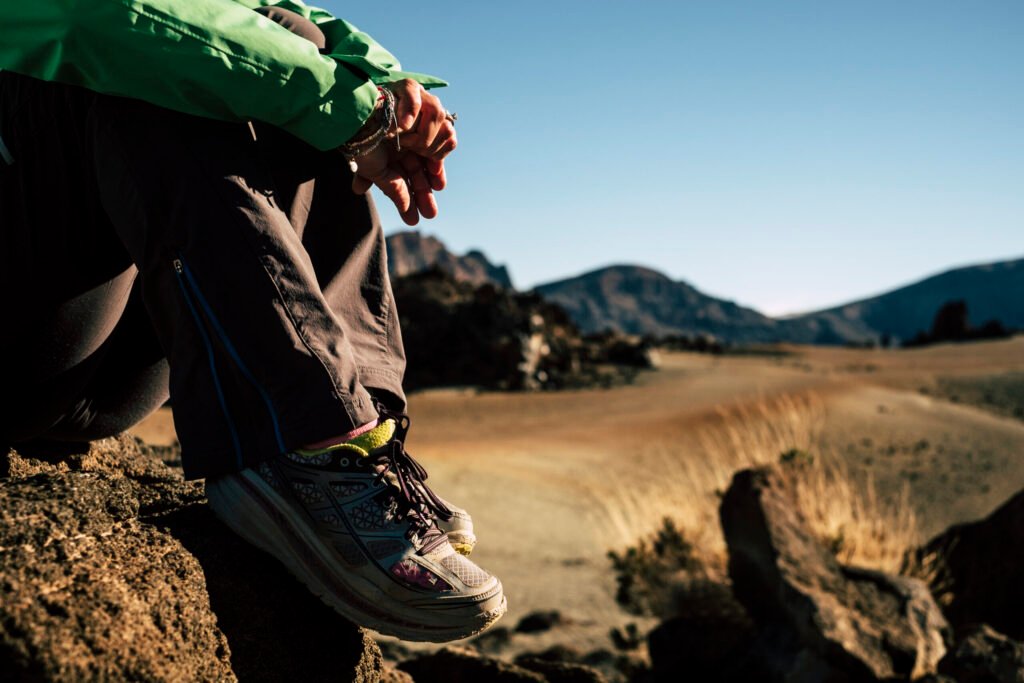
The result? A fractured community where many feel nature isn’t for them. Breaking this pattern requires confronting how gatekeeping operates—and reimagining what inclusivity truly means in wild spaces.
Understanding Hiking Gatekeeping is crucial for creating an inclusive environment where all individuals feel welcome and valued in the outdoor community. By addressing the barriers created by Hiking Gatekeeping, we can ensure that everyone has the opportunity to connect with nature.
Addressing Hiking Gatekeeping is essential to foster a sense of belonging in outdoor spaces and to ensure that everyone can enjoy nature without barriers, ultimately leading to a more diverse and inclusive community.
Tracing the Roots: From Cultural Assimilation to Outdoor Exclusivity and Hiking Gatekeeping
Outdoor culture’s exclusivity didn’t emerge by accident—it was carefully constructed through decades of systemic exclusion. To understand modern barriers, we must examine how historical power dynamics shaped who gets to claim nature as “their” space.
Personal Narratives and the Cost of Code-Switching
Vanessa Chavarriaga’s journey reveals the hidden toll of blending into outdoor spaces. “I left pieces of myself behind to belong,” she explains, describing how code-switching granted access to trails while erasing cultural identity. This trade-off creates fractured experiences where marginalized people navigate dual realities:
- Adopting dominant cultural norms to gain acceptance
- Internalizing narratives of scarcity and competition
- Facing pressure to exclude others from their communities
Historical Foundations of White Supremacy in Outdoor Culture
The outdoors became a battleground for control when settlers displaced Indigenous land stewardship practices. Early 20th-century conservation movements prioritized white recreation over native traditions, embedding privilege into trail systems. By the 1950s, outdoor clubs explicitly barred non-white members through membership policies.
“White folks turned us against each other to preserve supremacy. When they open a door for you, they expect you to shut it.”
| Era | Exclusion Tactics | Lasting Impact |
|---|---|---|
| Early 1900s | Segregated parks | Limited land access |
| Mid-20th Century | Elite club memberships | Cultural gatekeeping |
| Present Day | Gear cost barriers | Economic exclusion |
These patterns created a system where belonging depends on adopting specific behaviors—a legacy still shaping who feels welcome in wild spaces today.
Challenges of Inclusivity in Hiking
For many, the trailhead marks the start of exclusion rather than adventure. Barriers emerge long before reaching public land—from judgmental stares at affordable gear to coded warnings about “protecting” trails. Julia Schaffer explains: “Gatekeeping stems from the idea that some people are more worthy of the outdoors than others.”
Exclusionary Practices and Implicit Racism on the Trails
Microaggressions often target urban hikers and people of color. A 2022 survey found 68% of Black hikers felt unwelcome in outdoor spaces due to assumptions about their experience. The #nogeotag movement exemplifies this problem—privileged individuals deciding who “deserves” access to trails.
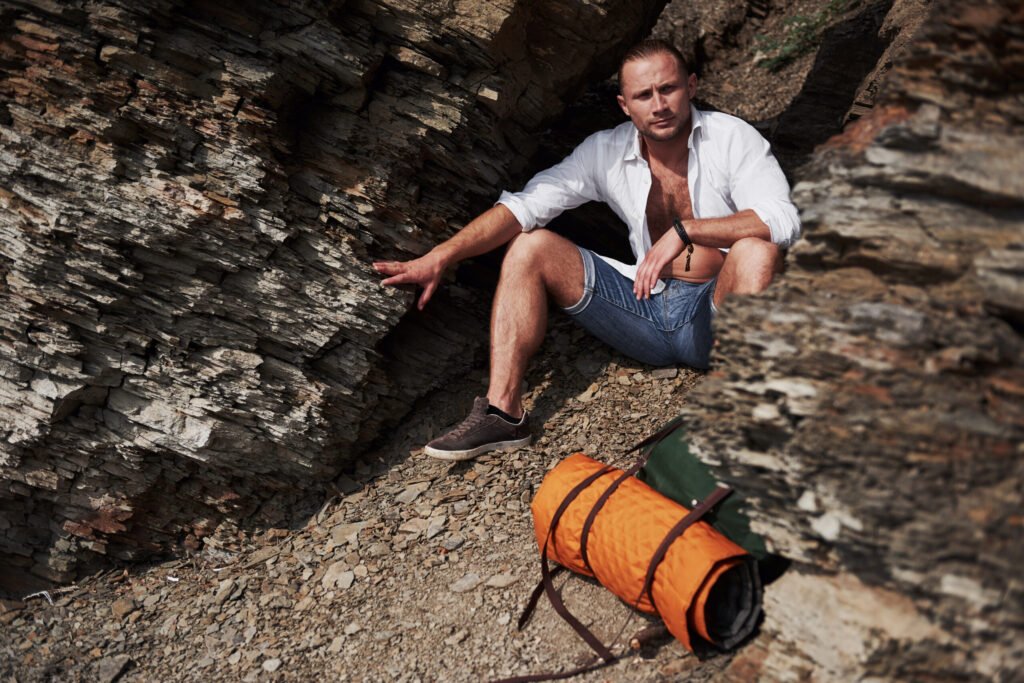
Hidden Barriers in Accessing Public Lands and Nature
Economic and geographic hurdles compound discrimination. High gear costs and limited transportation options lock out low-income communities. Urban residents face 3x longer travel times to nature reserves compared to suburban counterparts.
| Barrier Type | Common Tactics | Impact |
|---|---|---|
| Economic | $200+ gear expectations | Limits participation |
| Geographic | Poor transit to parks | Reduces access |
| Cultural | Eurocentric trail narratives | Erases diverse histories |
These systemic issues create a false meritocracy. As Schaffer notes: “Assuming newcomers will damage trails ignores our shared right to learn.” Until outdoor culture addresses these layered challenges, nature remains divided.
Hiking Gatekeeping and Its Effects on Community Access
Social media reshapes how we experience nature—and who gets to define authenticity. Platforms like Instagram amplify debates about who “deserves” access to wild spaces, often prioritizing aesthetics over inclusion. Unspoken rules about gear quality and trail etiquette become invisible fences, keeping marginalized groups from claiming their right to explore.
Maintaining Privilege Through Unspoken Rules
Julia Schaffer observes how “judging someone’s shoes or backpack becomes a way to measure their worthiness.” This mindset creates artificial hierarchies where expensive equipment overshadows enthusiasm. A 2023 Outdoor Access Report found 42% of newcomers avoid trails due to fear of judgment about their gear.
Social Media, Geotagging, and the Debate Over “Real Hikers”
The #nogeotag movement sparks heated discussions. While some argue hiding locations protects ecosystems, Melanin Base Camp counters:
“Selective sharing assumes certain people will ‘misuse’ nature—a coded form of exclusion.”
Influencers often police content through comments like“Real hikers don’t pose for photos”, dismissing casual visitors.
| Gatekeeping Tactic | Common Platform | Impact |
|---|---|---|
| Gear Shaming | Instagram Comments | Economic Exclusion |
| Selective Geotagging | Influencer Posts | Limited Access |
| Purity Tests | Hiking Forums | Cultural Erasure |
These conflicts reveal a paradox: social media democratizes outdoor inspiration yet fuels new barriers. As debates rage over “proper” trail behavior, marginalized hikers continue navigating spaces where acceptance feels conditional.
Perpetuating Stereotypes and the Cost of Exclusion
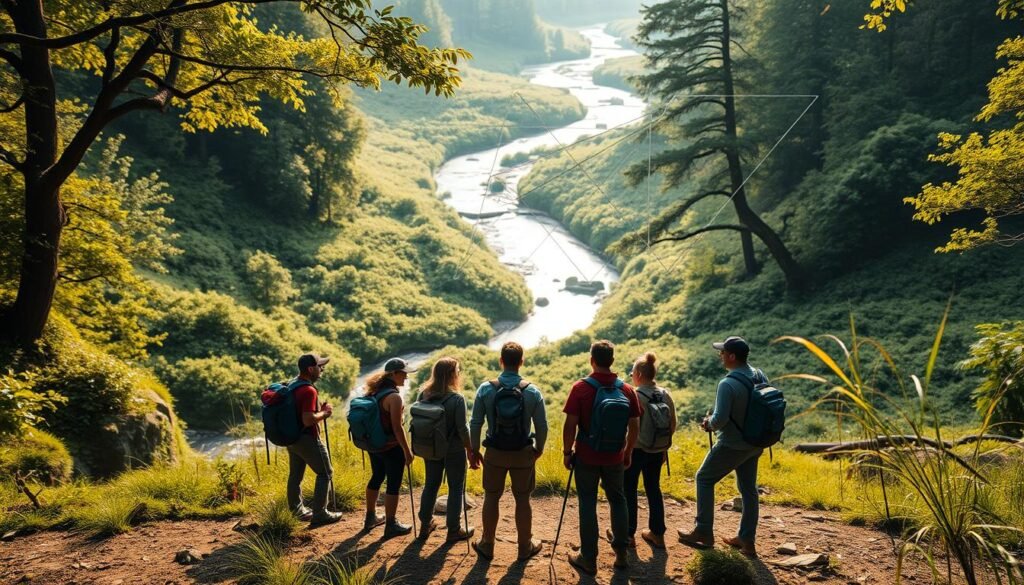
When survival becomes a competition, communities fracture from within. Chavarriaga describes how marginalized people often replicate exclusionary patterns: “We criticize others for wearing the wrong gear or lacking experience, thinking it’ll secure our spot in outdoor spaces.” This lateral oppression creates invisible ceilings where authenticity becomes a performance.
The Impact of Purity Tests and Social Hierarchies
Outdoor culture’s unspoken rules function like loyalty tests. The anonymous Public Lands Hate You account exemplifies this by shaming influencers for “using nature as a backdrop” while ignoring corporate ads in national parks. A 2023 Outdoor Equity Study found 54% of newcomers face judgment about their way of engaging with trails—from selfie-taking to clothing choices.
| Tactic | Example | Impact |
|---|---|---|
| Gear policing | Mocking affordable shoes | Economic exclusion |
| Experience shaming | “Casuals don’t belong here” | Deterred participation |
| Cultural erasure | Criticizing non-Western attire | Identity suppression |
These practices prioritize conformity over connection. As Chavarriaga notes: “We’re taught there’s only room for a few of us at the table.” This scarcity mindset pits people against each other, fragmenting potential alliances. Meanwhile, brands profit from the same landscapes they claim to protect—a double standard rarely challenged.
The cost? Outdoor spaces lose diverse perspectives needed for sustainable stewardship. When communities police their own members, everyone loses access to the full richness of nature’s possibilities.
Redefining Outdoor Culture: Paths to True Inclusivity
Building inclusive outdoor spaces starts with redefining who holds the keys to nature’s doors. Chavarriaga states: “What’s radical isn’t climbing the highest peak—it’s making sure others can follow.” This shift requires dismantling elitist norms while amplifying voices historically excluded from trail narratives.
Embracing Diverse Narratives in Nature
Outdoor stories often center white adventurers, erasing Indigenous knowledge and multicultural connections to land. Organizations like Outdoor Afro now highlight Black joy in nature, while Native-led hikes teach ancestral stewardship practices. These efforts prove diverse experiences deepen our collective relationship with wild spaces.
Strategies for Breaking the Cycle of Exclusion
Schaffer outlines three ways to disrupt harmful patterns:
- Host gear swaps to reduce economic barriers
- Create multilingual trail guides
- Amplify underrepresented creators on social media
| Strategy | Action | Impact |
|---|---|---|
| Mentorship Programs | Pair new hikers with experienced partners | Builds confidence |
| Cultural Competency Training | Educate guides on implicit bias | Reduces microaggressions |
| Gear Lending Libraries | Provide free equipment access | Democratizes participation |
Practical Steps: Sharing Knowledge and Opening Doors
Chavarriaga urges people to “be the friend who shares maps, not gatecodes.” Simple acts create ripple effects:
- Explain trail etiquette without judgment
- Recommend lesser-known parks to reduce crowding
- Post hike details publicly, not just in closed groups
Melanin Base Camp’s #StateParksOverCrowds campaign proves alternatives exist to exclusive destinations. As brands partner with grassroots groups, they’re learning: true accessibility means meeting people where they are—literally and culturally.
Charting a New Path Forward for a Welcoming Outdoors
Transforming outdoor spaces into truly inclusive environments requires more than good intentions—it demands collective action and redefined priorities. Organizations like Melanin Base Camp prove that conservation thrives when diverse communities connect with public lands. Their stance on geotagging—“social media inspires people to explore spaces they’d otherwise overlook”—shows how sharing locations responsibly can democratize access.
Practical solutions exist for balancing environmental care with inclusivity. Adopting trail etiquette guidelines as learning tools—not purity tests—helps newcomers engage without fear. As Julia Schaffer notes: “There’s no ‘wrong’ way to experience nature if we prioritize respect over rigid rules.”
Progress hinges on addressing systemic barriers while celebrating cultural diversity. Free gear libraries, multilingual trail guides, and mentorship programs break economic and educational hurdles. Meanwhile, amplifying Indigenous stewardship practices enriches our understanding of land protection.
The future of outdoor culture lies in recognizing that every person’s connection to nature matters. When we replace judgment with guidance, trails become bridges—not borders—to shared belonging.

